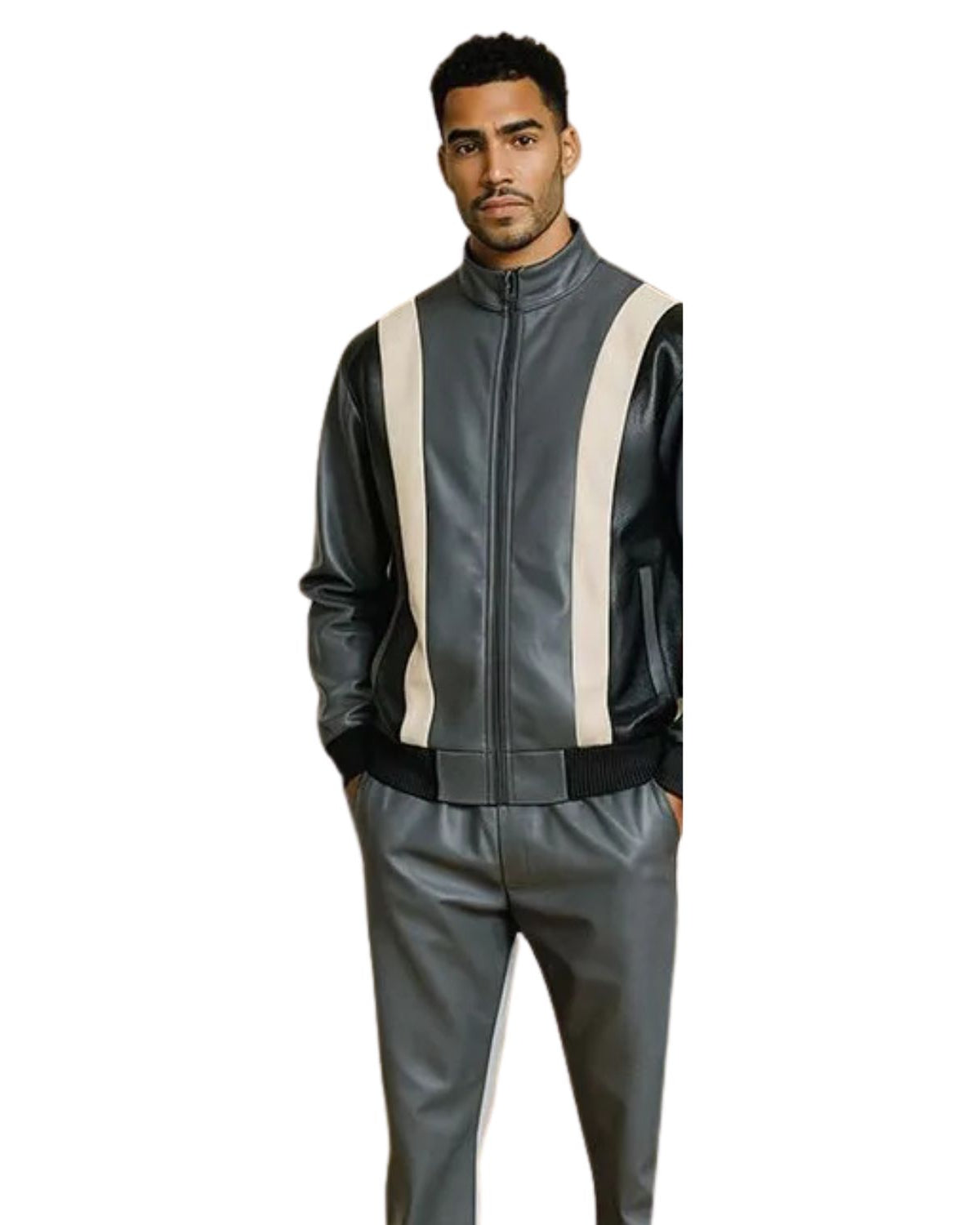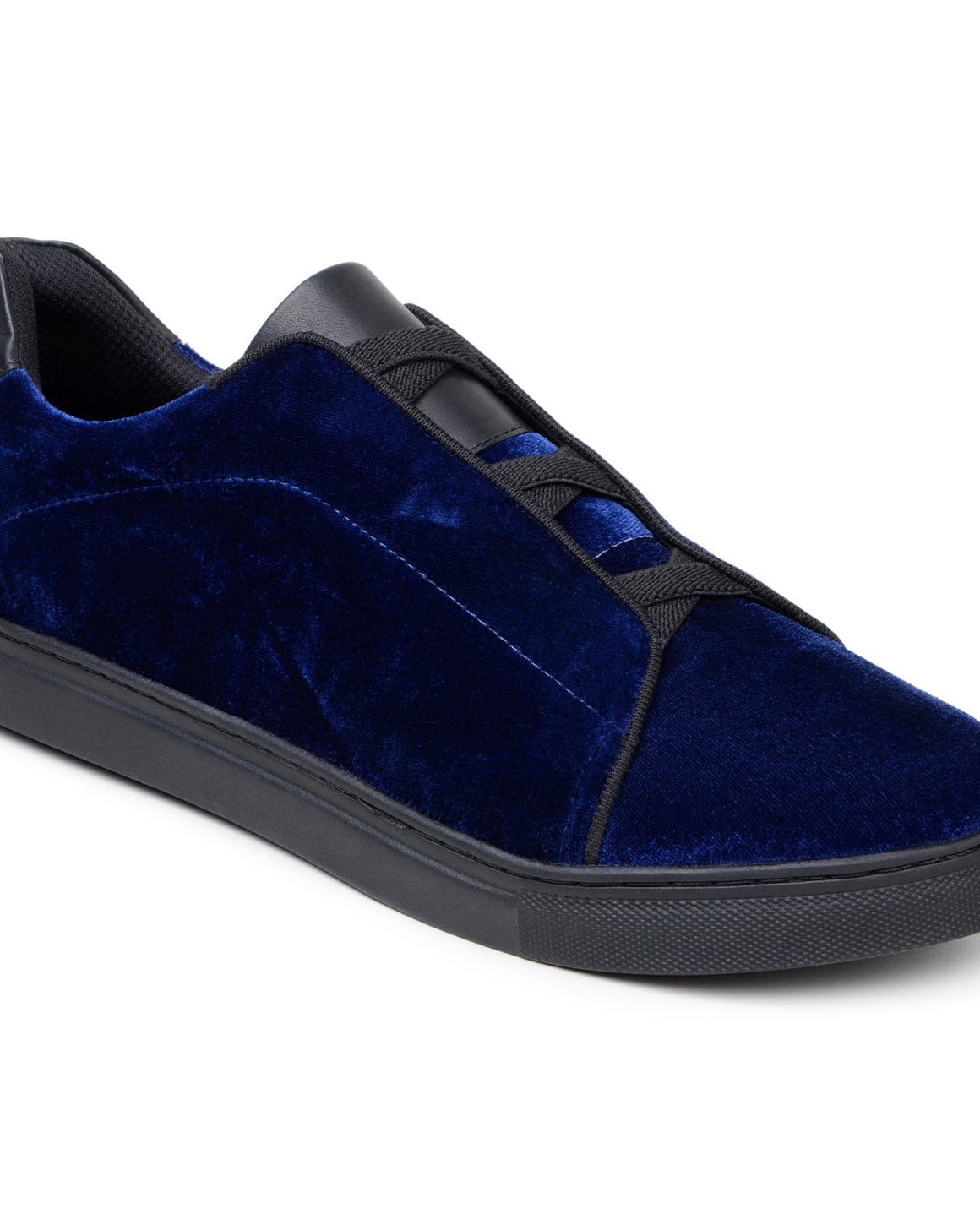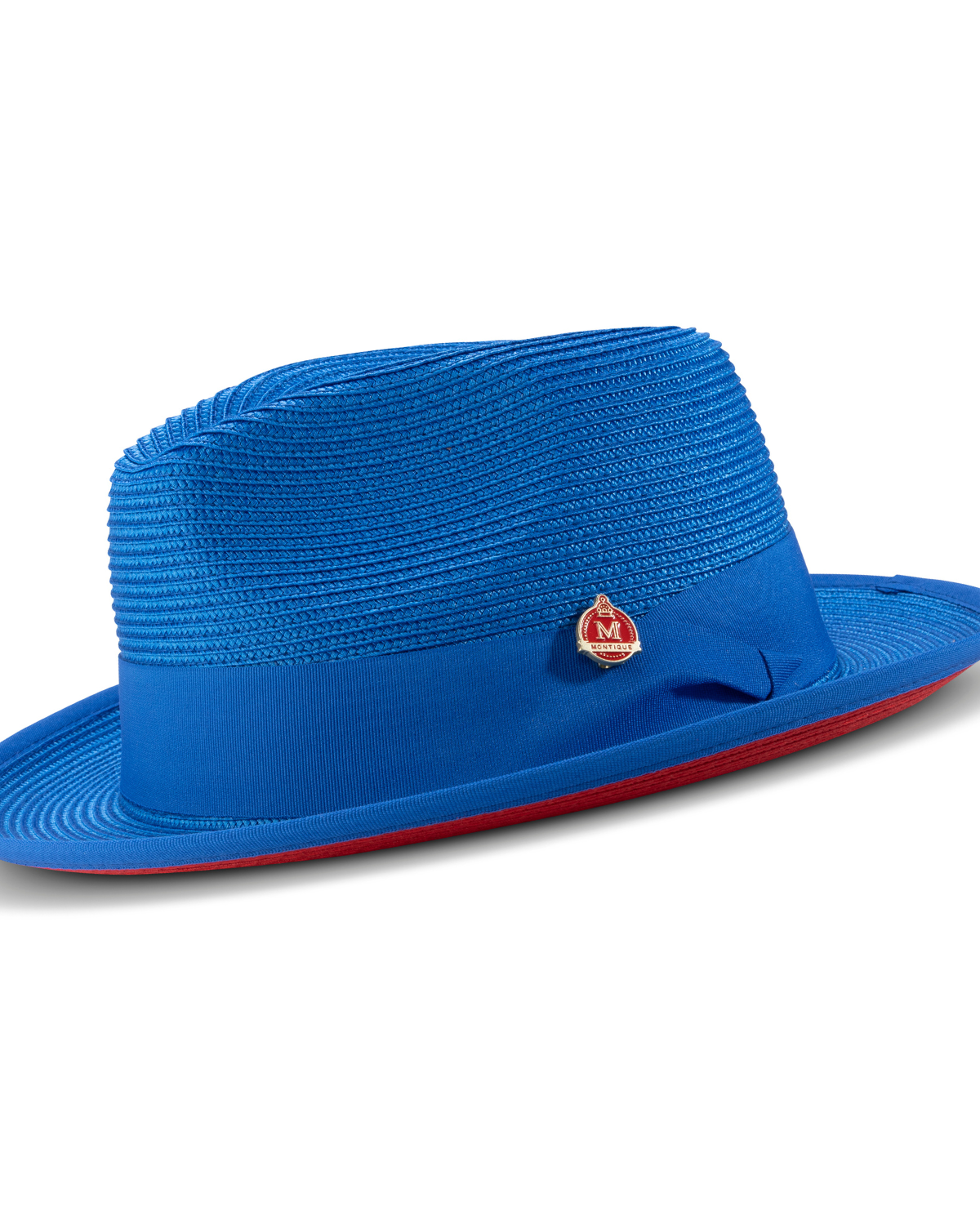Hey there, style aficionados! Let's dive into a topic that's crucial yet often overlooked: the art of picking the right suit color. You might think a suit is just a suit, right? Wrong! The color of your suit can be a game-changer, affecting not just how you look, but how you feel and are perceived.
Whether you're gearing up for a sun-drenched summer wedding, a crisp fall conference, or a festive winter gala, the color of your suit needs to be on point. And it's not just about the season; your skin tone plays a starring role in this sartorial drama. Choosing the right hue can elevate your style, boost your confidence, and ensure you're the best-dressed guy in any room.
Understanding Skin Tones
Now, let's shift gears to a topic that's pivotal in the fashion playbook: skin tones. Just like picking the perfect paint for a masterpiece, selecting suit colors that harmonize with your skin tone is key to creating a look that's both compelling and cohesive.
Fair Skin
If you're in the fair skin brigade, think of your suit as the canvas and your skin as the backdrop. You want colors that contrast gently without overpowering your natural hue. Lighter shades can be your allies, but the right dark tone can make a striking statement too.
Medium Skin
Medium skin tones hit the sweet spot of color versatility. You've got a broad palette to play with, from soft pastels to rich earth tones. The trick is to balance contrast and harmony, ensuring your suit enhances rather than clashes with your natural coloring.
Olive Skin
Olive-skinned gents, you've got a unique advantage. Your natural warmth allows you to experiment with a wide array of colors. Embrace deeper blues, sophisticated greys, or even adventurous burgundies. Steer clear of colors too close to your skin tone to avoid a monochromatic mishap.
Dark Skin
For those with dark skin, the world of suit colors is your oyster. Bold, bright, and light colors aren't just accessible; they're encouraged. They pop against your skin, offering a dynamic and vibrant look. But don't underestimate the power of a deep, rich color to provide a subtle yet impactful contrast.
Identifying Your Skin Tone
Not sure where you fall on the skin tone spectrum? Here's a quick tip: check out the veins on your wrist. If they appear blue or purple, you likely have cool undertones. Greenish veins? You're probably warm-toned. And if it's hard to tell, you might just be neutral, which means most colors will look great on you.
Seasonal Suit Colors
Navigating the kaleidoscope of suit colors through the seasons isn't just about staying trendy; it's about resonating with the rhythm of the year and making sure your style sings.
Spring
Spring is nature's way of saying, 'Let's party!' and your suit should echo this sentiment. Think pastels and light, airy colors that mirror the season's awakening. Soft greys, serene blues, and even gentle pinks can capture the essence of spring. Match these hues with the vibrant backdrop of blooming landscapes and the fresh ambience of spring events.
Summer
Summer is all about vibrancy and vitality. Opt for lighter shades that reflect the sun's rays rather than absorbing them. Crisp whites, cool blues, and even bold tans are your go-tos. Given the heat, consider lightweight fabrics like linen or light wool that breathe well and maintain their poise in colors that complement the bright, exuberant nature of summer.
Fall
As the leaves turn, your suits should pivot to earthier tones. Think of the rich, deep colors of autumn leaves—burgundy, burnt orange, and forest green. These colors not only resonate with the season's palette but also add a layer of warmth and depth to your appearance. In fall, you can layer these colors with different textures, introducing a more complex and refined look.
Winter
Winter calls for a return to the classics. Navy, charcoal, deep burgundy, and even dark green can provide a strong base for your winter wardrobe. These colors are versatile and offer a sense of weight and warmth suitable for the season. Yet, don't shy away from a splash of color—a bright tie or a pocket square can add a flicker of defiance against the drab winter backdrop.
Suit Colors for Different Skin Tones
Fair Skin
For those with fair skin, the key is contrast without overpowering. Navy, charcoal, and darker shades of blue can be incredibly flattering, providing a sharp contrast. Lighter colors can work but avoid anything too pale that might blend too closely with your skin tone, like beige or light yellow.
Medium Skin
If you're blessed with a medium complexion, you've got a versatile palette at your disposal. From rich blues to earthy greys, most colors will complement your skin tone. Experiment with contrast, perhaps a lighter suit with a darker shirt, to enhance your natural coloring.
Olive Skin
Olive skin tones can handle a range of colors, from earthy greens and browns to vibrant blues. The key is balance; avoid colors too close to your skin tone to prevent a washed-out look. Embrace the opportunity to wear suits in more adventurous colors like aubergine or teal for a striking appearance.
Dark Skin
Darker skin tones have the advantage of pairing well with both bold and subtle colors. Bright and light suits can look exceptional, offering a striking contrast that's both eye-catching and elegant. Don't shy away from patterns or brighter colors like red or royal blue, which can highlight the rich undertones of your skin.
In every case, remember that the best suit color is the one that makes you feel confident and at ease. Whether you're dressing for the season or aiming to complement your skin tone, the right choice is a personal expression of your unique style.
Tips for Choosing the Right Suit Color
When it's time to pick the perfect suit color, context is king. The occasion, the setting, the time of day—all these elements should influence your choice. Here's how to navigate these waters with the finesse of a style savant.
Considering the Occasion
Is it a wedding? A business meeting? A night out? Each event has its own color etiquette. Weddings might call for lighter, celebratory colors, while business settings typically lean towards conservative shades like navy or gray. For evenings, deeper tones can add a touch of mystery and elegance.
Time of Day and Location
Daytime events benefit from lighter, softer colors that complement natural light. For evening affairs, you can delve into darker, richer palettes. The location plays a part too—outdoor settings align with more vibrant or earthy tones, while indoor or evening events call for more subdued or sophisticated hues.
The Role of Accessories
Accessories are your secret weapon in the color game. They can either harmonize with your suit or serve as a bold counterpoint. A bright pocket square or tie can add a pop of color to a neutral suit, while a subdued accessory can tone down a more vibrant outfit. Remember, the goal is balance—your accessories should complement your suit, not fight for the spotlight.
All In All
Choosing the right suit color is more than a matter of taste—it's an art form that balances personal style with the nuances of occasion, season, and skin tone. The perfect hue can elevate your look, boost your confidence, and set the right tone for any event.
So, don't be afraid to experiment. Play with colors, see what works for you, and remember that the best choice reflects your individuality while respecting the context. Your suit should feel like a second skin, comfortable yet expressive, always in harmony with who you are and the story you want to tell.
Ready to find your true colors? Dive into our Suits & More diverse collection of suits, where style meets personalization. Whether you're prepping for a specific event or just looking to refresh your wardrobe, we're here to guide you to your perfect match.








